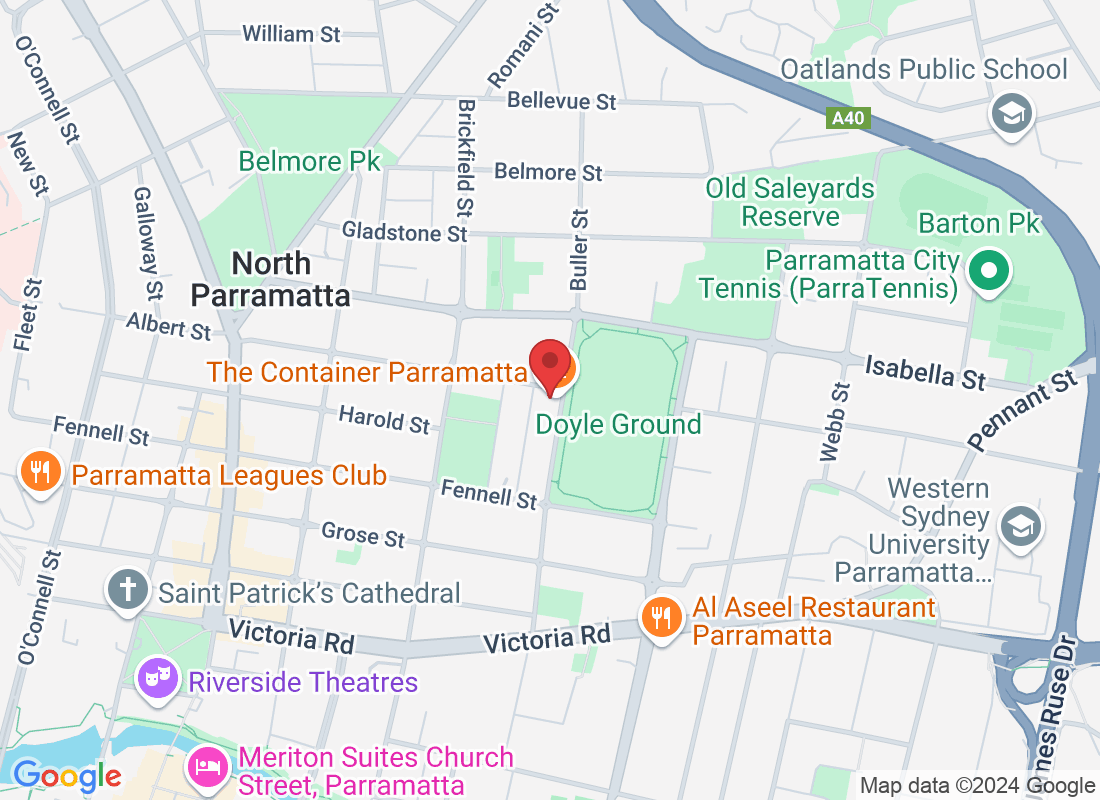
How Biomechanical Assessments Identify Hidden Causes of Pain and Injury
Have you ever experienced ongoing pain, stiffness, or repeated injuries despite stretching, resting, or trying different treatments? The issue may not be where you feel pain but how your body moves. A biomechanical assessment helps identify hidden imbalances, weaknesses, and faulty movement patterns that could be the real cause of your discomfort.
Why Some Injuries Keep Coming Back
Many injuries stem from poor movement mechanics. For example:
🔹 Knee pain may originate from weak hip stabilisers.
🔹 Lower back pain can be due to tight hamstrings or poor core activation.
🔹 Foot pain might result from improper gait or arch issues.
By assessing how your body moves as a whole, a biomechanical assessment helps pinpoint the root cause of pain, rather than just treating symptoms.
How Biomechanical Assessments Reveal Hidden Causes of Pain
✔️ Gait Analysis – Identifies foot strike patterns, weight distribution, and joint loading.
✔️ Postural Assessment – Detects muscular imbalances or misalignment issues affecting movement.
✔️ Joint Range of Motion Testing – Checks for stiffness or hypermobility in key areas.
✔️ Muscle Strength Testing – Highlights weaknesses that could lead to compensations and strain.
The Benefits of Finding the True Cause
✅ More effective rehabilitation
✅ Less reliance on temporary pain relief methods
✅ Faster return to sport and daily activities
✅ Reduced risk of re-injury
If you’ve been struggling with recurring pain or injuries, a biomechanical assessment can give you the answers you need to move pain-free and confidently.



